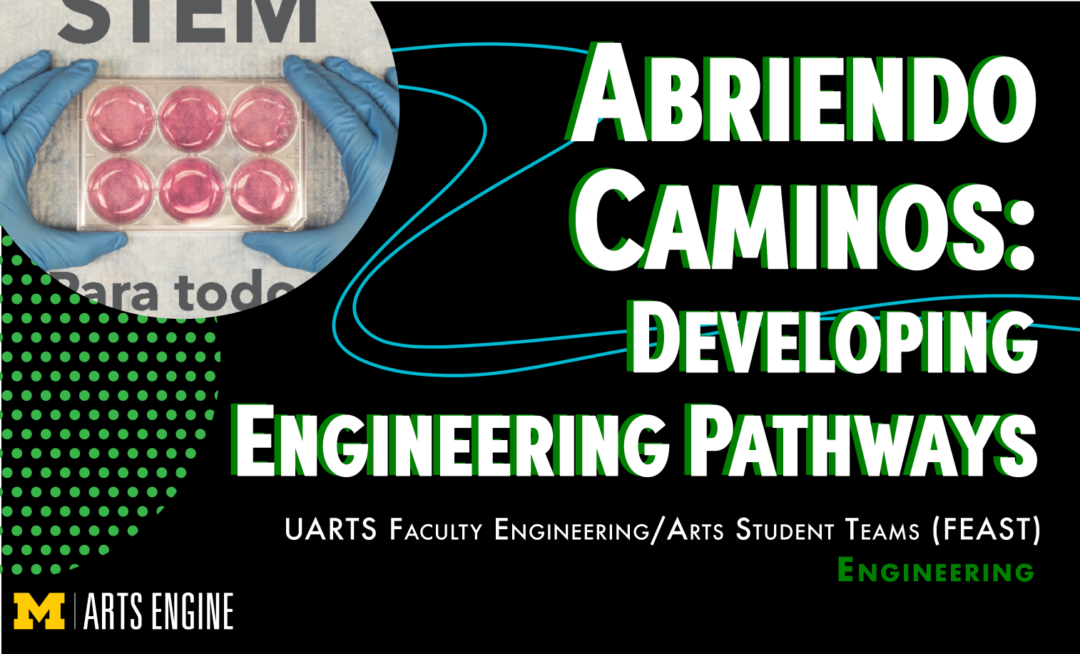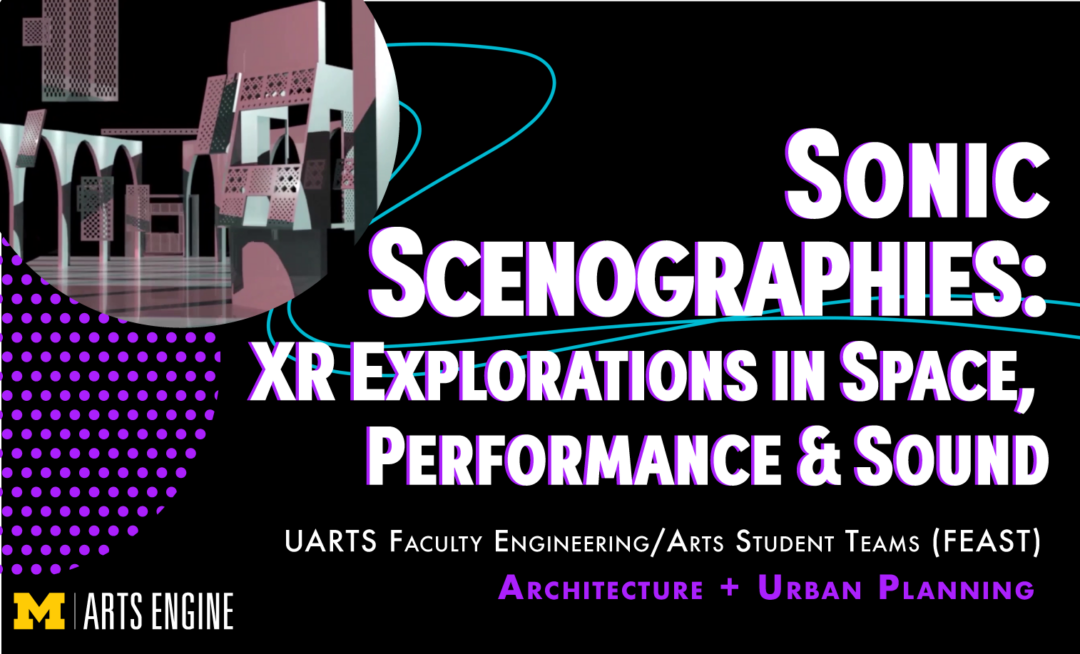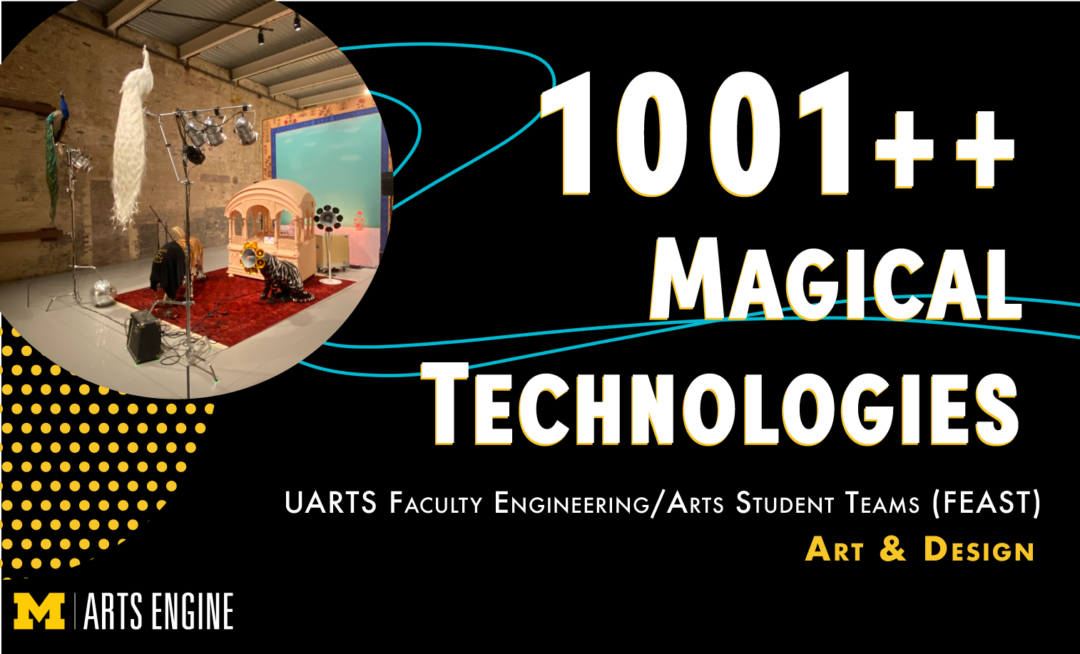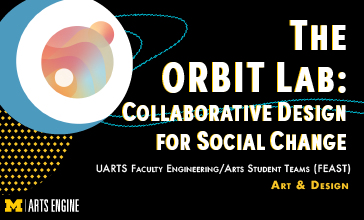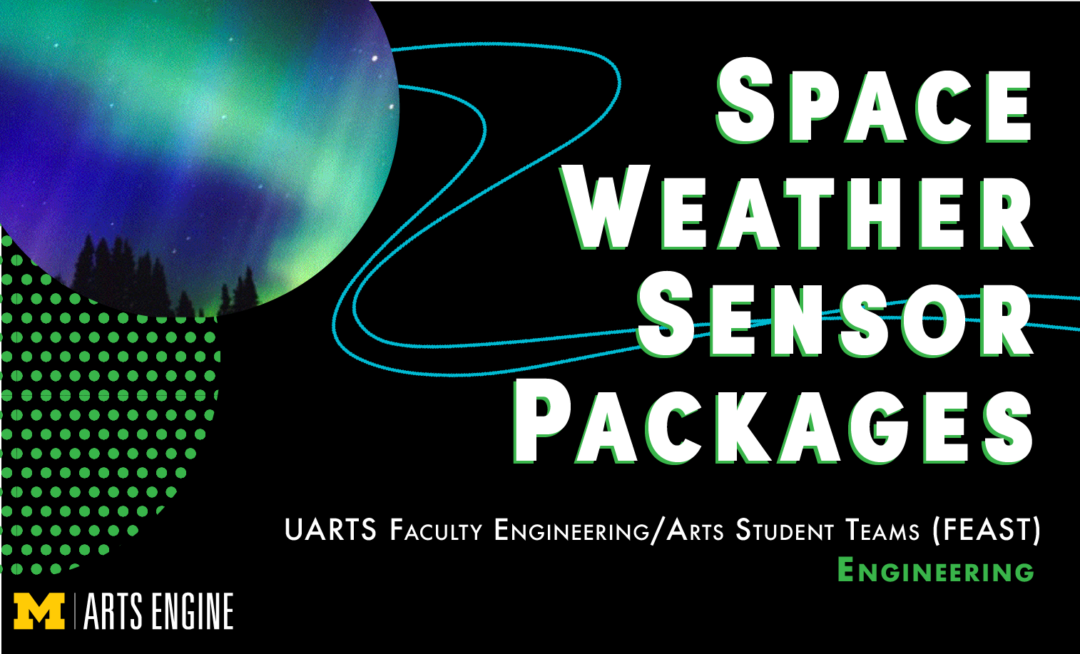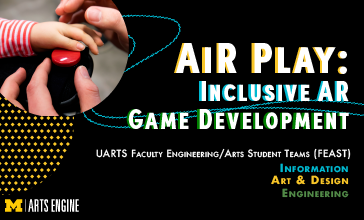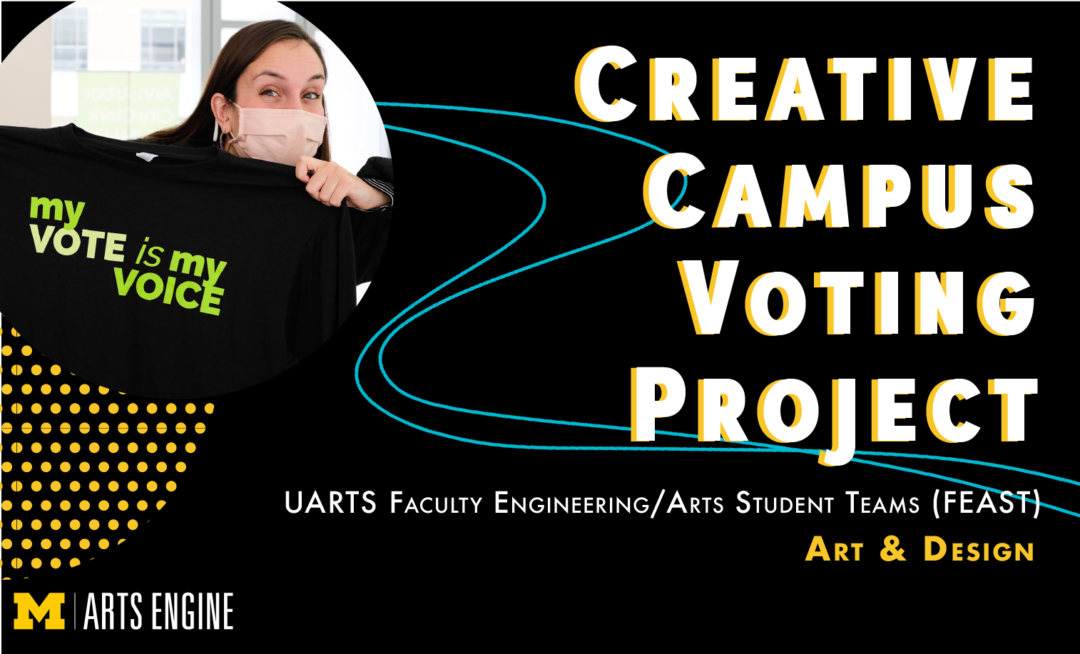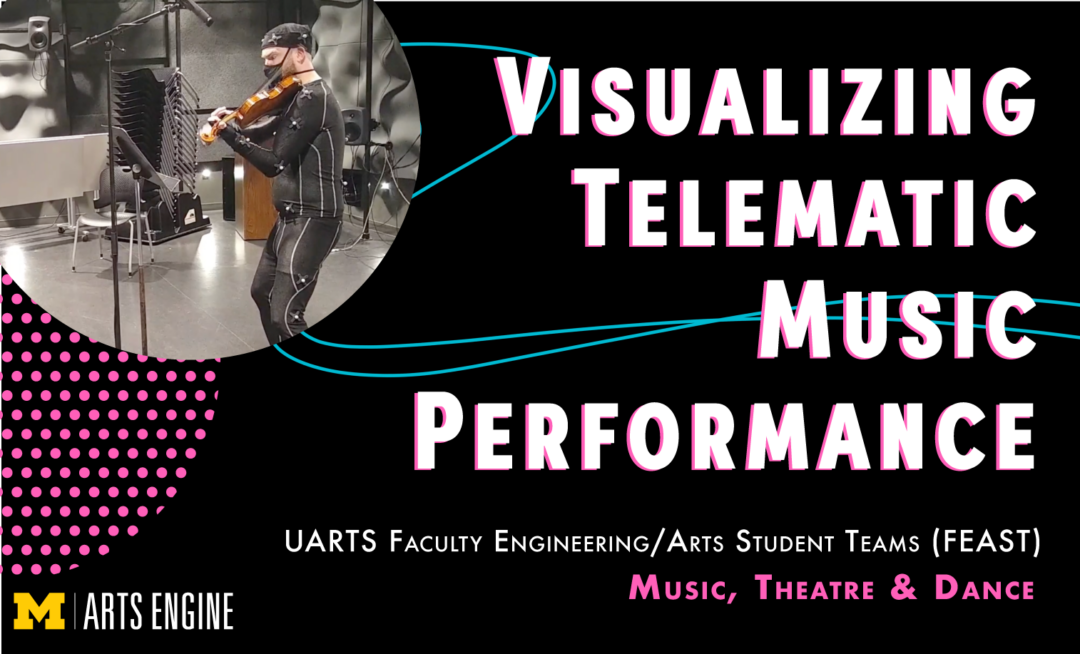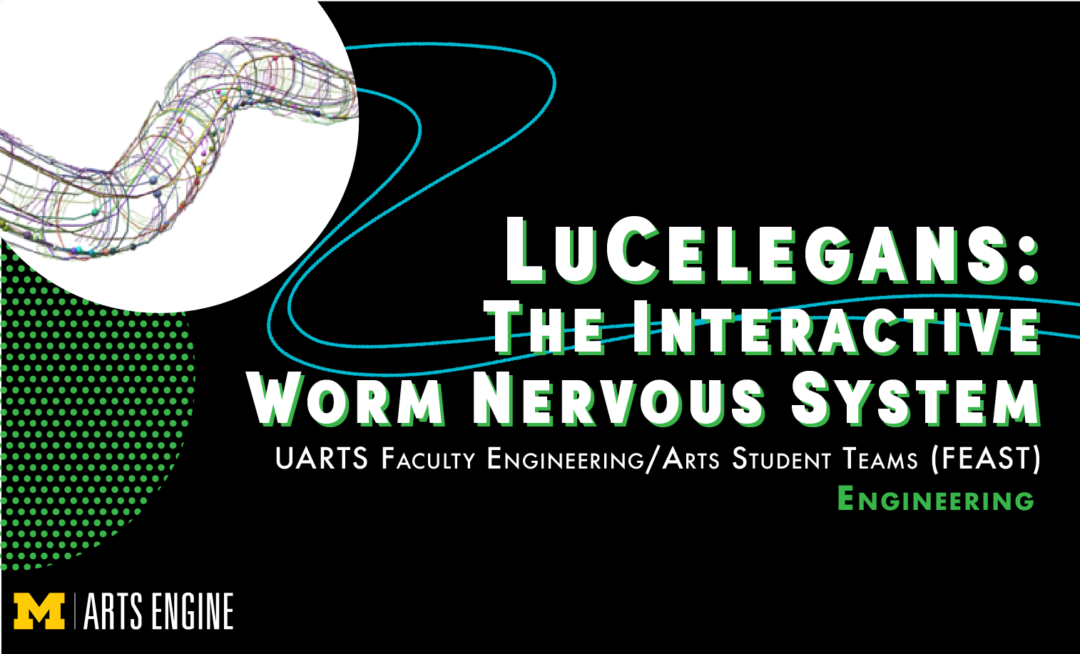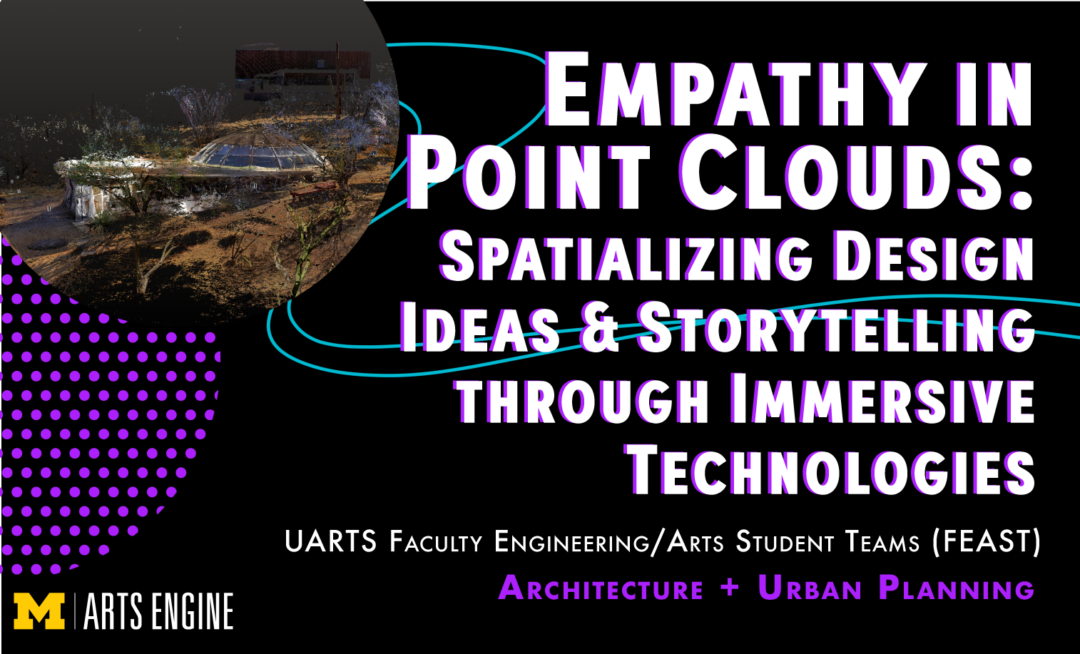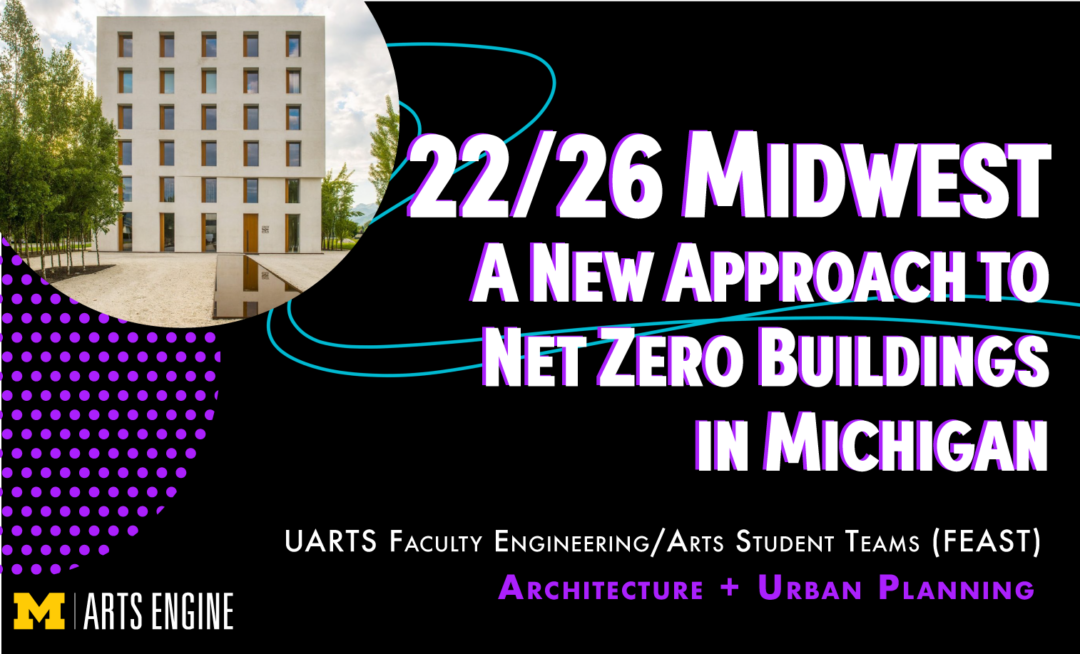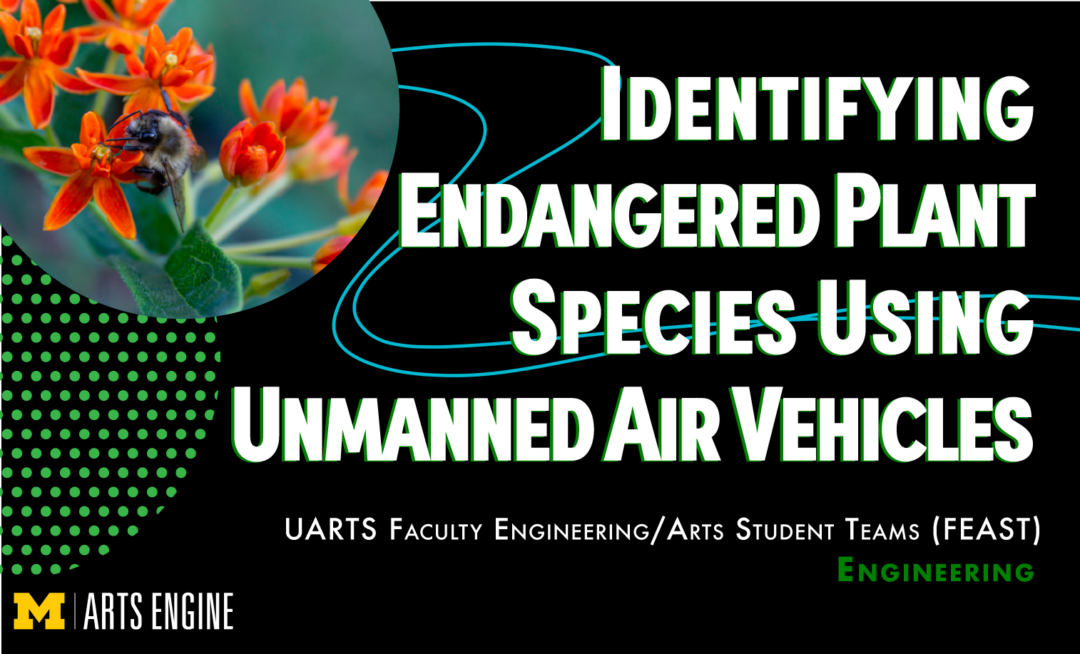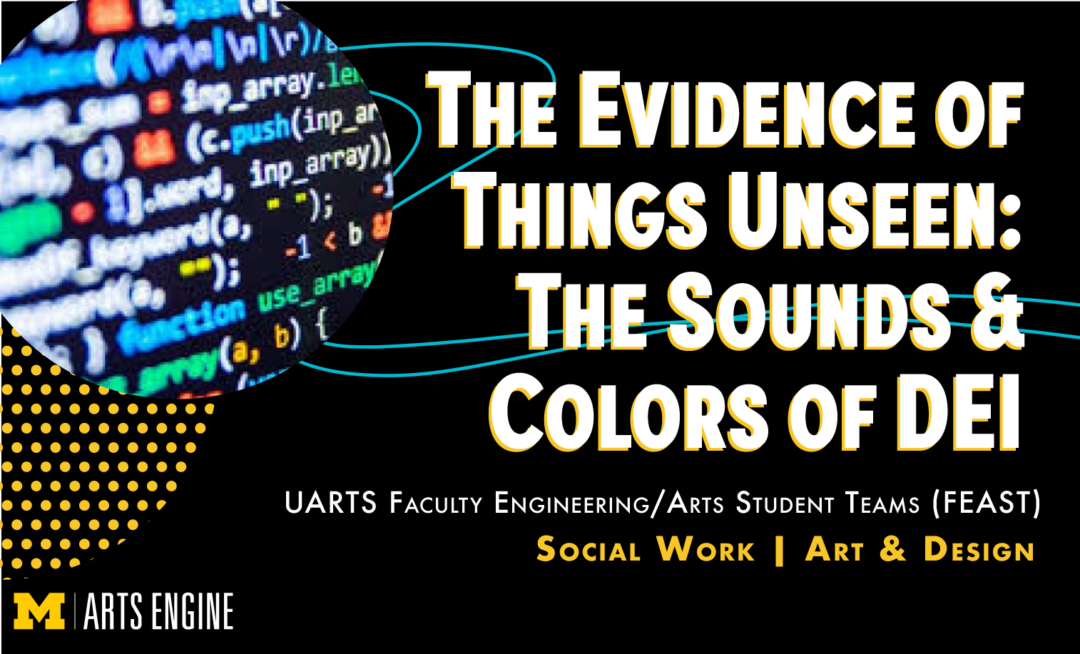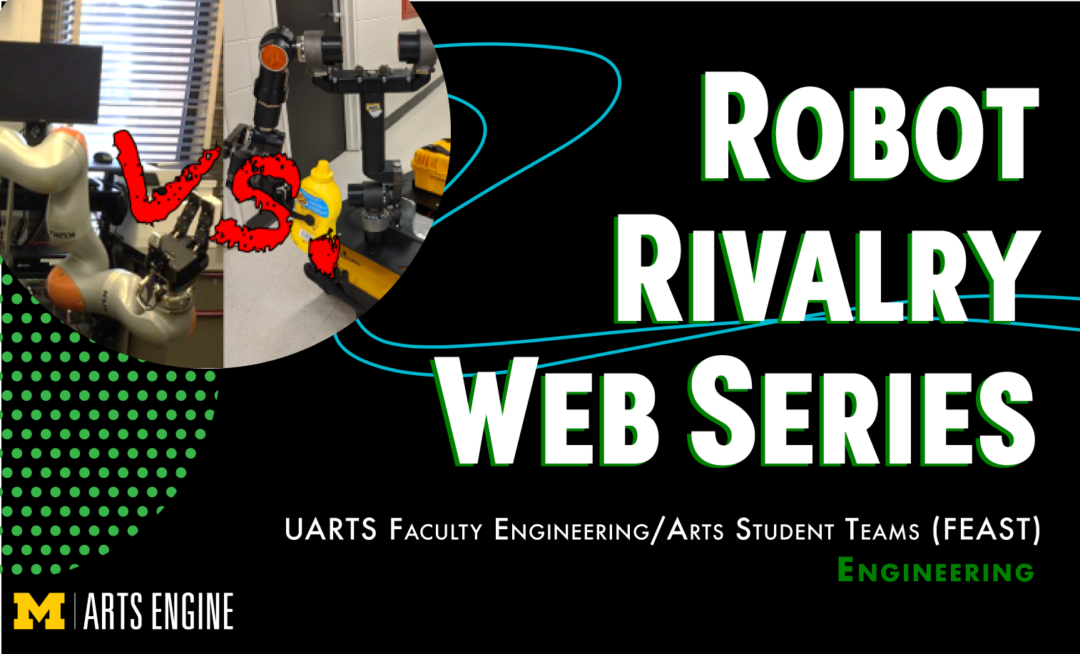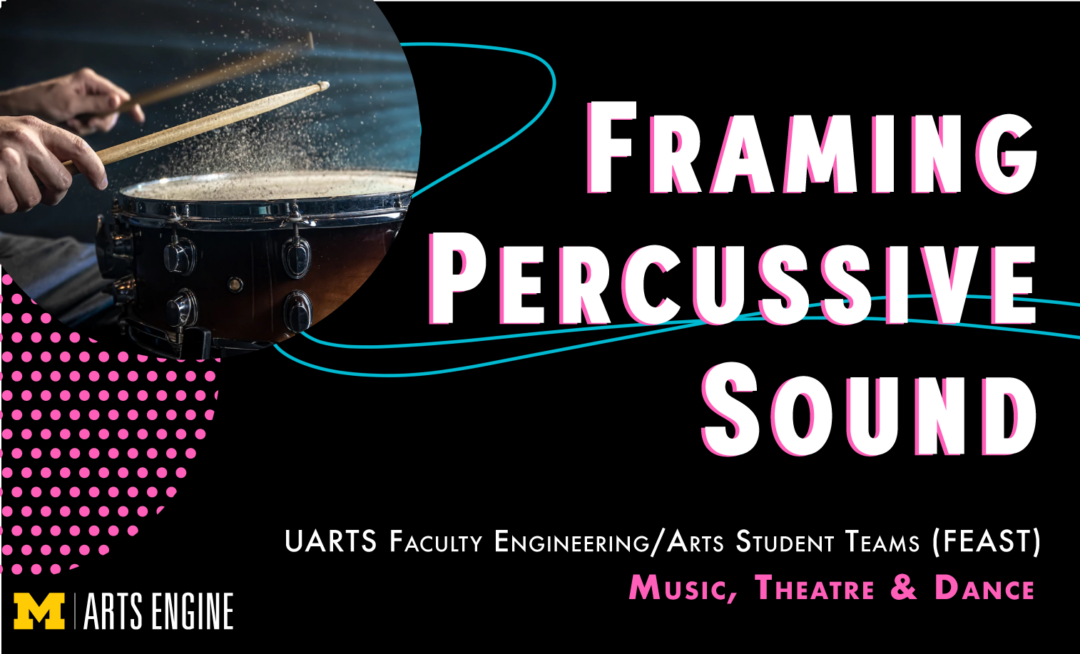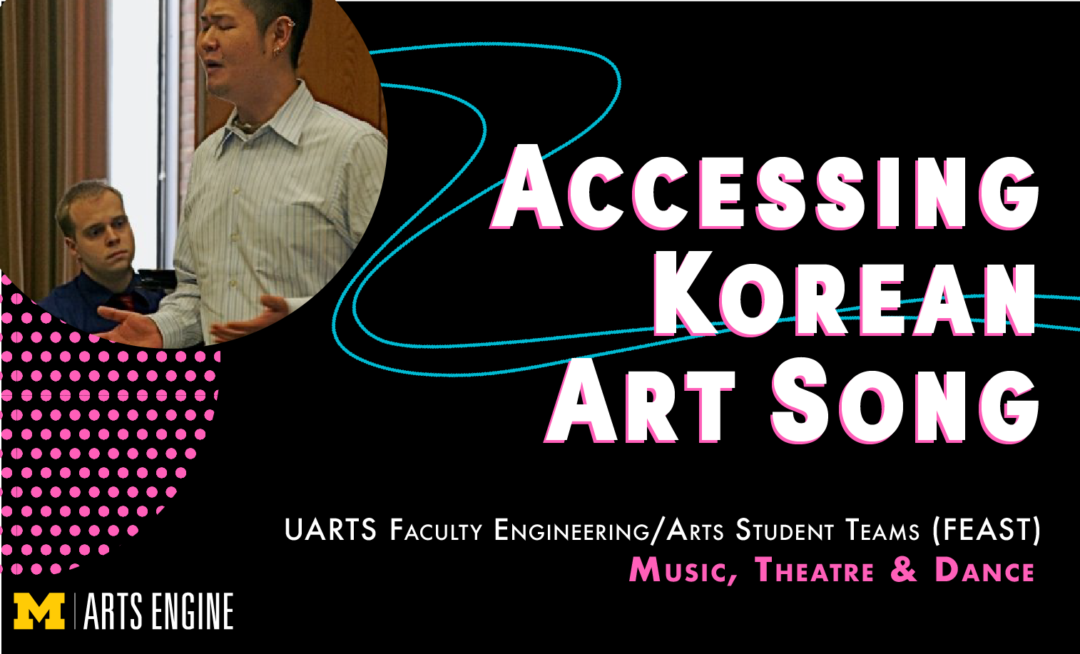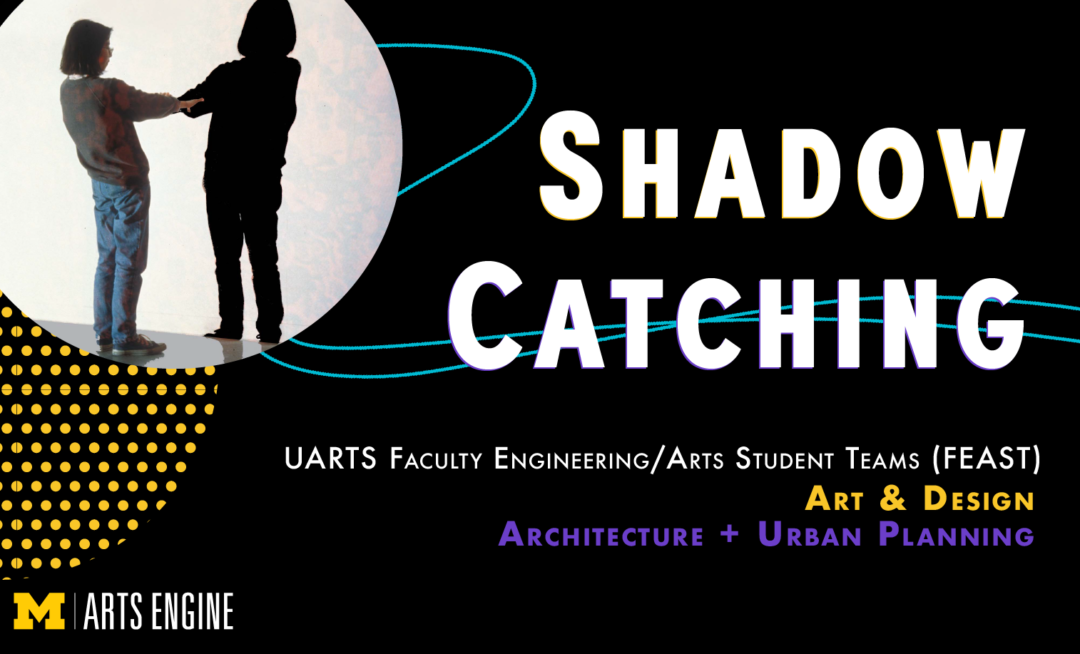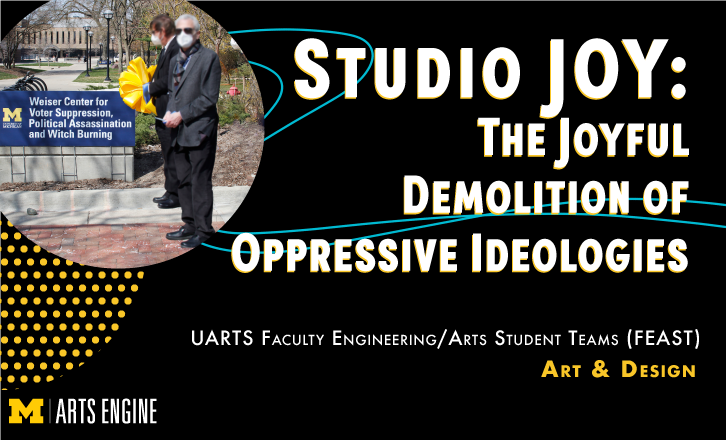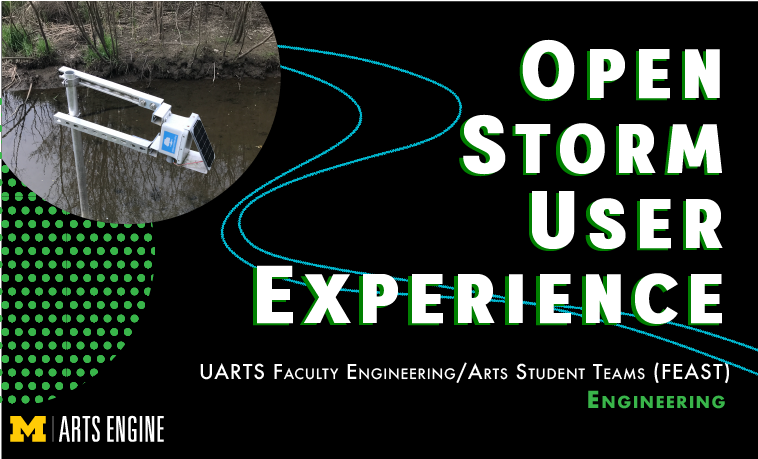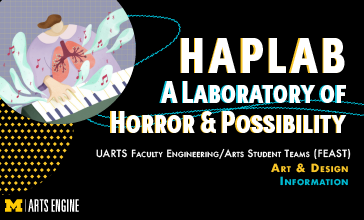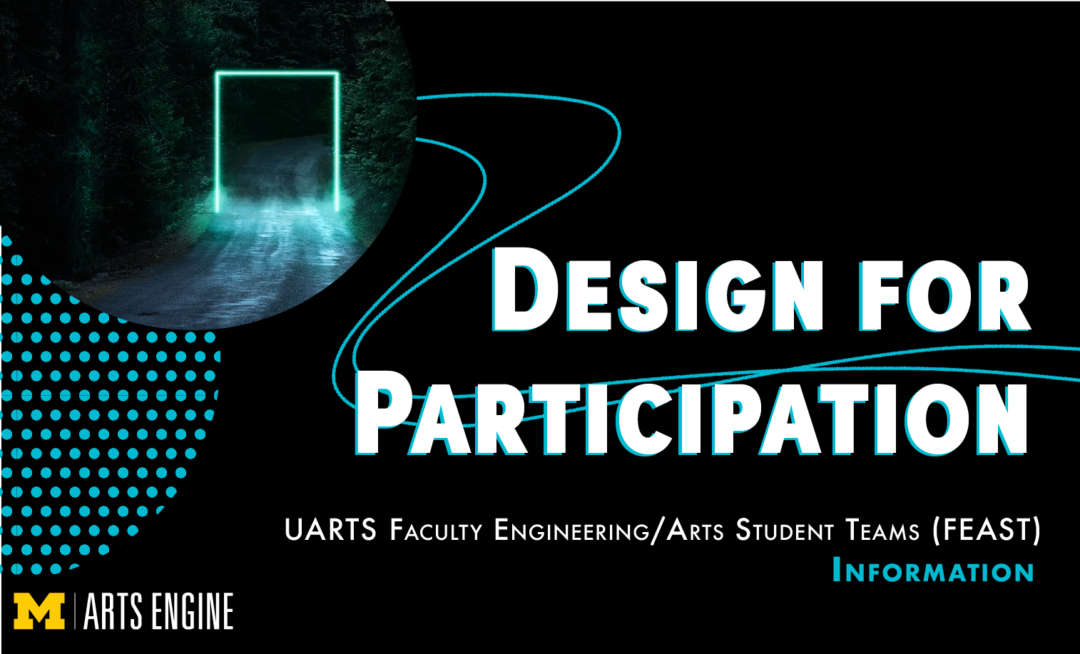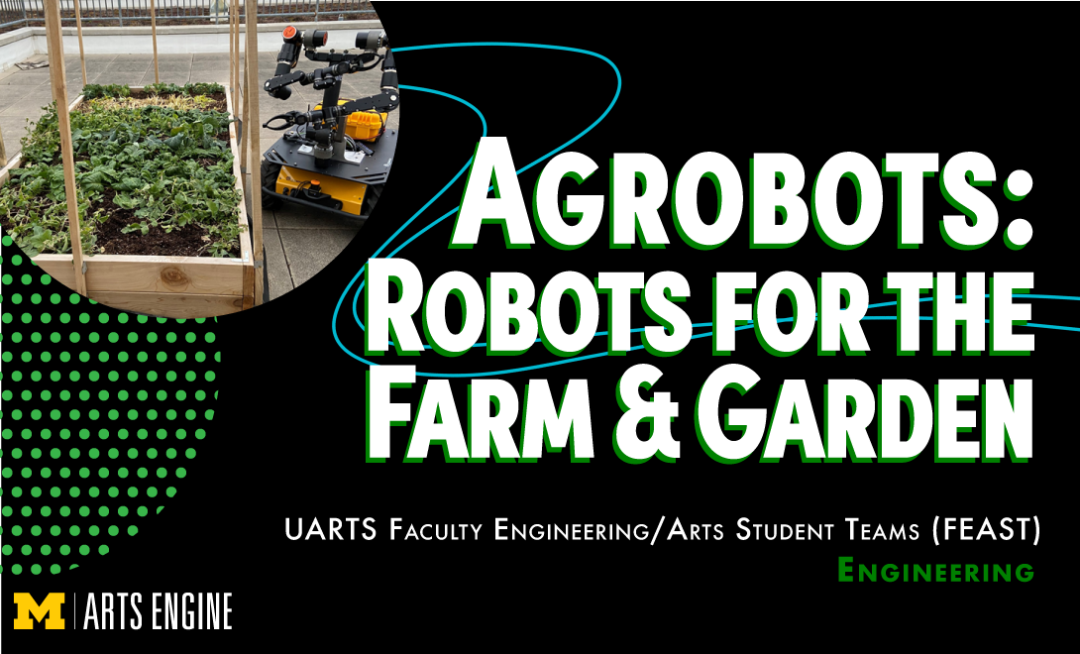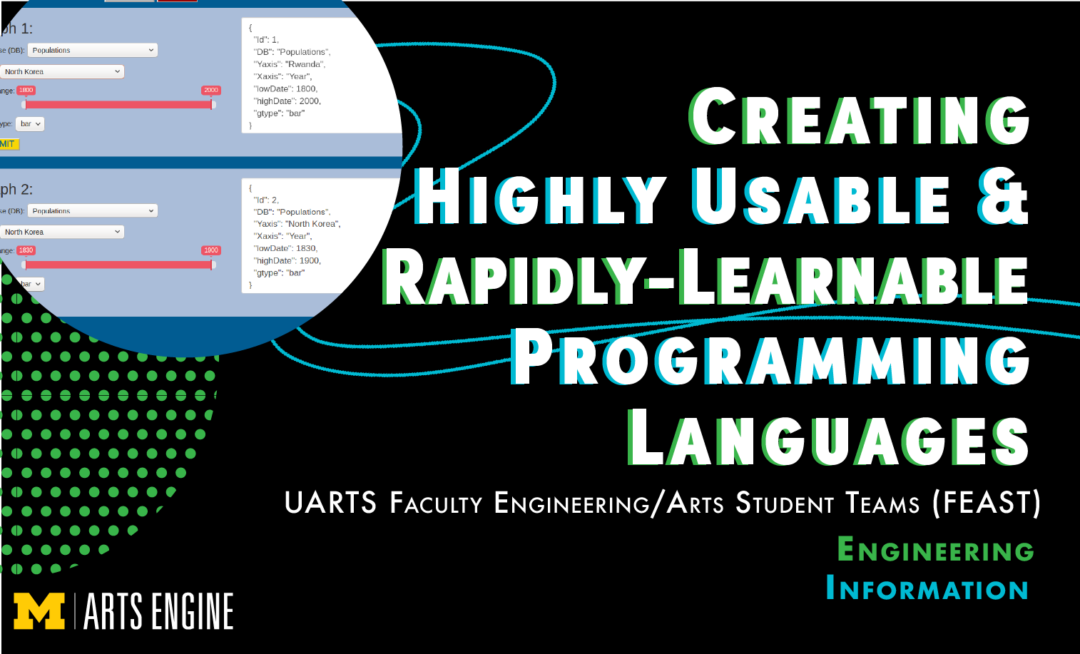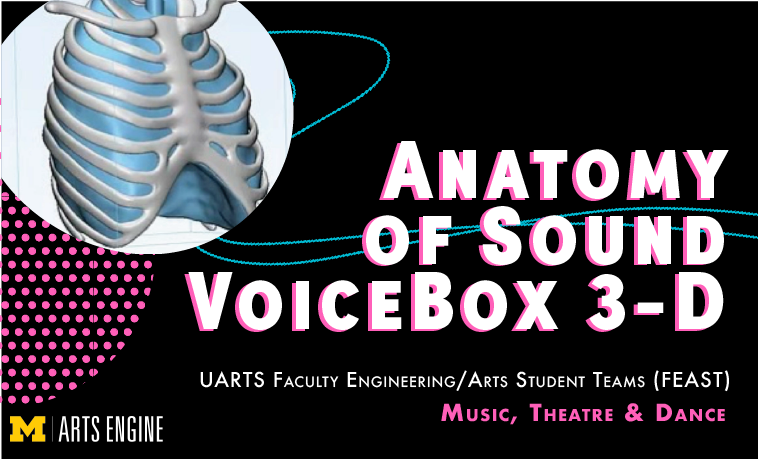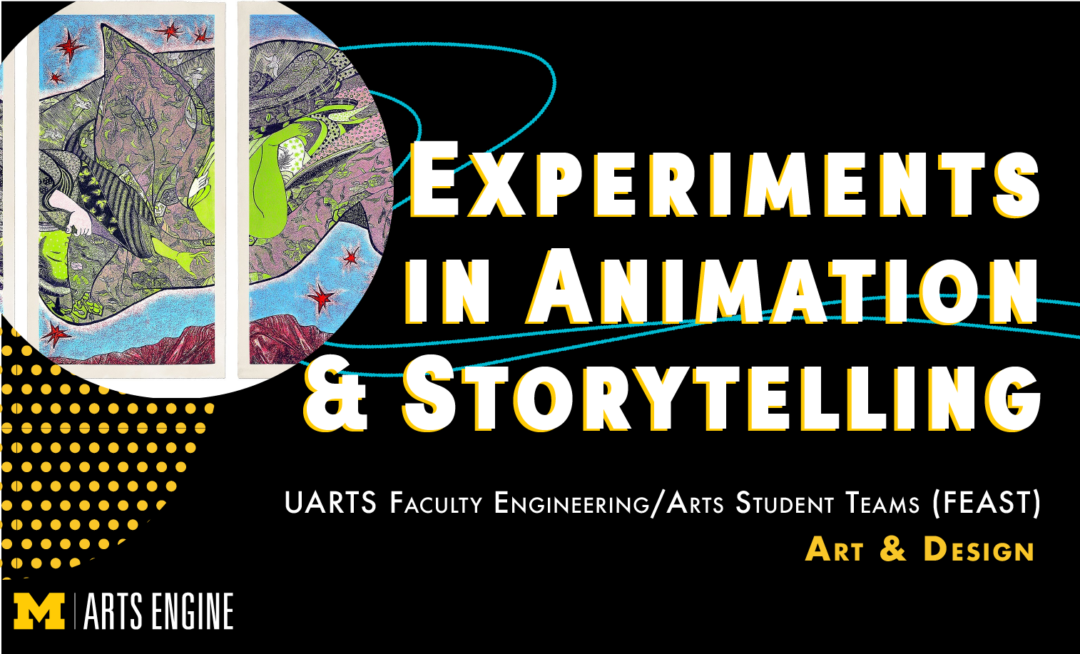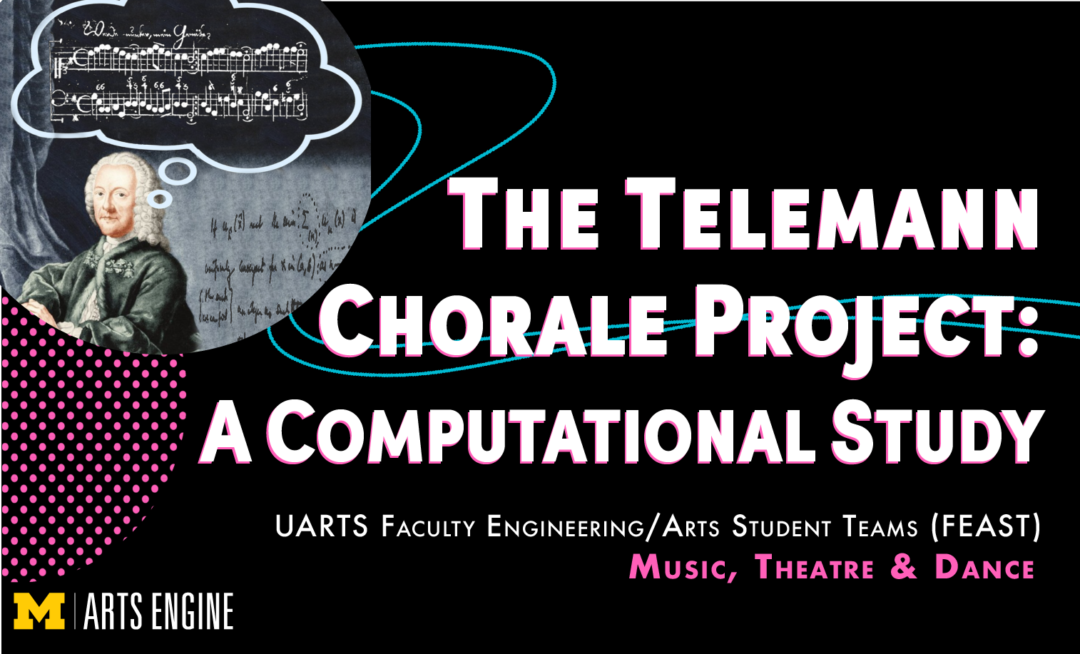– Clear
1001++ (Magical Technologies) is a series of artistic inquiries inspired by Arthur C. Clarke’s 3rd law, “[a]ny sufficiently advanced technology is indistinguishable from magic.” This project will re-examine folk narratives as culturally aspirational desires of applied technologies (e.g., VR, machine learning, robotics, storytelling, choreography).
This UARTS FEAST project will study and construct visual representations of music using mathematics. Drawing on scholarship that represents musical chords as points in geometric spaces, we will explore new ways of “picturing” these musical spaces by constructing visualizations of their structure, patterns, and symmetries.
ORBIT stands for Online Resources for Building Intercultural Teams. ORBIT Labs works on several concurrent projects including developing tools for middle schoolers to team up on social justice issues, a book about the intersections of creativity and resilience, and creating virtual and physical resources to help people better communicate and collaborate across differences.
Following the inspiration of the meteorology community and Weather Underground that connected backyard weather STATSions into the global weather system, this student team will deploy magnetometers and other sensors everywhere to make a dense distributed array to enable new science and understanding of the Earth’s space environment.
This team is developing an interactive sound installation that helps users learn the basics of coding. Utilizing research on embodied engagement with sound and critical improvisation studies, this installation will facilitate real-time audio feedback for users’ physical interactions with it. The code that facilitates these interactions will then be displayed, helping users understand the interactive potentials of coding.
Develop a new genre of inclusive augmented reality games and room-sized interactive systems that remove physical and social barriers to play. The project addresses the unmet need of players with different mobility abilities to play and exercise together in spaces such as school gymnasiums, community centers, and family entertainment centers.
The goal of this project is to explore methods of incorporating visual communication of effort, gesture, and movement into telematic performance without video transmission. Practical experiments with different sensing techniques, including infrared motion capture, inertial measurement, electromyography, and force sensing will be coupled with novel digitally fabricated mechatronic displays.
“22/26 Midwest” is a net-zero building concept for the US Midwest climate condition. The technology has the goal to reduce the green-house gas emission for building operation, to improve the comfort of the occupants and to reduce the construction cost. The UARTS Team will work on prototypes, programming and control technologies to develop the project.
The project provides sounds and color analogs of people who exist across multiple axes of physical, emotional, cultural and social divergent identities. The project considers imputations of combinations of sound, color, and visuals in presenting all data - including potentially very identifiable combinations.
Help people see robots in a new light and show off U-M's cool robotics research! This UARTS FEAST project will create a series of short funny videos portraying a rivalry between the robots of the ARM and MMint labs. The videos will primarily feature robots performing pranks on other robots and are meant to be engaging for the general public.
Studio JOY draws upon interventionist art practices and psychologist Victor Frankl's logotherapy as a form of activism in the face of institutional betrayal. Studio JOY will engage in making practices that may include the construction of superhero or mascot costumes, public signage, and/or screenplays.
This student team will work on a new edition of Telemann’s chorale book of his 430 chorales. This will involve developing score recognition technologies to automatically transcribe the 1730 edition into machine code, and a computational model that can generate the four parts of these chorales from that code.

